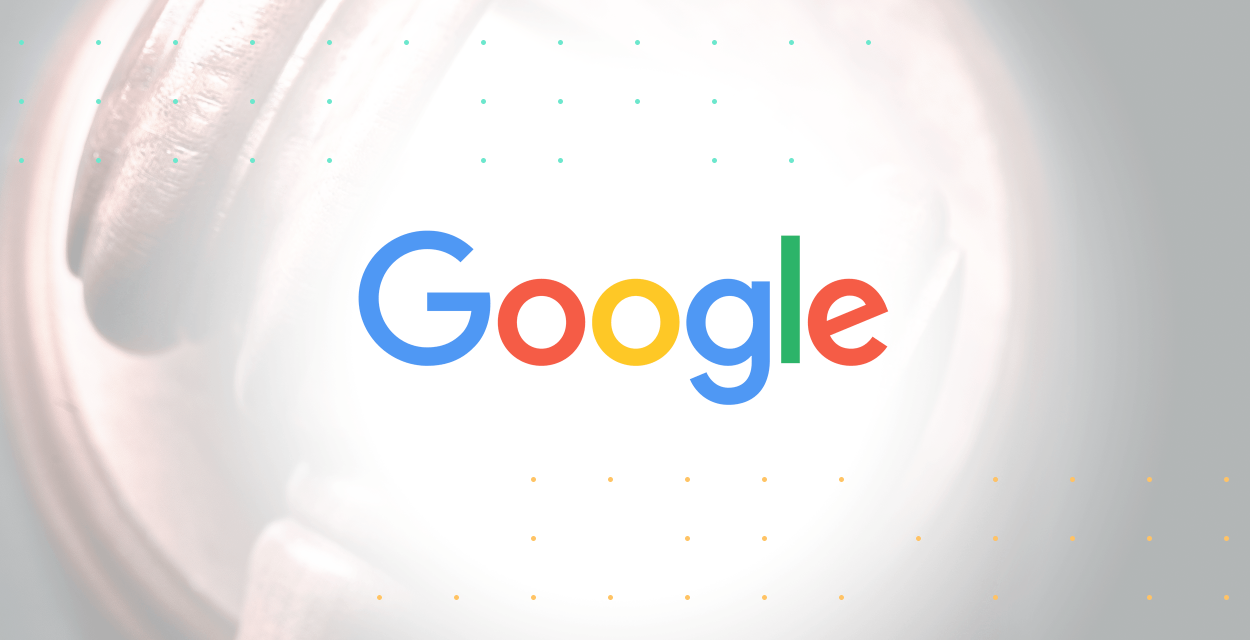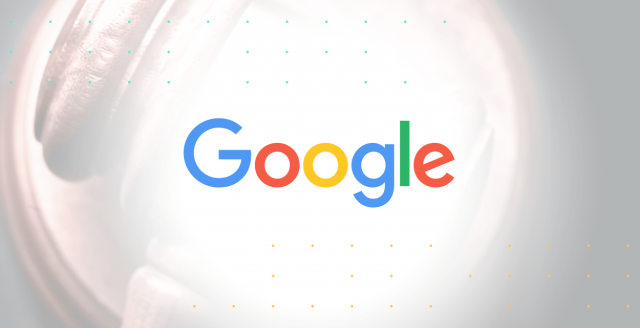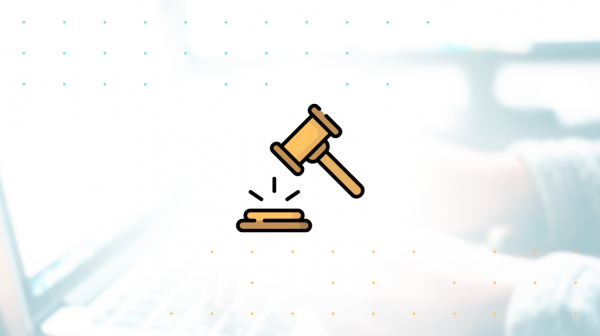

Google goes First-Price. What does it mean for you?
Google’s move to create unified, first-price auctions within Ad Manager may be one of the biggest changes that the industry will face this year. Like every other big change, it also raises some questions over the actual impact it will have. In this article we try to explain what’s to expect for the publishers.
First Price vs. Second Price — what’s the difference?
The difference may not seem big, but it changes quite a lot in the programmatic world. In a First-Price auction, an advertiser that places the highest bid wins the impression and only pays as much as they actually bid. While in Second-Price model allows them to pay just a penny more than the second highest bid. As you can guess, in some cases it can be significantly less than the actual winning price.
To make it easier to understand, here is a simple example.
FIRST-PRICE AUCTION
BID 1: $4.00
BID 2: $3.90
BID 3: $4.20
WINNER: BID 3
WINNER PAYS: The winning price, wich in this case is $4.20
SECOND-PRICE AUCTION
BID 1: $4.00
BID 2: $3.90
BID 3: $4.20
WINNER: BID 3
WINNER PAYS: The second highest price + $0.01, wich makes $4.01
In the early days of programmatic, most of the auctions were based on a Second-Price model. However, since 2017 most of the players start moving into First-Price. Google Ad Manager will be the last major exchange to make this switch.
How does this effect publishers?
First-Price auctions are increasing transparency and reducing the complexity of the entire process of buying and selling inventory. They also make it easier for buyers to evaluate the ad inventory. In general, First-Price model works in favour of publishers but does not come without some flaws. The First-Price auction may lead to unnaturally high prices, as buyers are forced to pay more in order to have a chance to win the auction. In some cases, it may lead to overpaying and as result — lower demand for the publisher’s inventory. Within the first few months, publishers may experience some unexpected eCPM fluctuations as Google AdManager advertisers will need some time adapting to the new model.
What’s next?
While First-Price seems like the fairest way to force advertisers to compete, the transition itself can be complicated and costly for them. For some, it may even require making changes in their overall programmatic strategies. To make it easier for them, Google is planning a slow roll-out until the switch to First-Price is fully made. The complete rollout is expected to be done by end of 2019.
Advertisers are not the only ones who need to prepare for the upcoming changes. Since the change will impact auction prices, publishers must review their current floor pricing strategies and re-evaluate all demand resources that they are working with. Yieldlove’s publishers can be sure that the entire process will be handled by us. We will keep them in position that provides the utmost security to their earnings. Our technology, as well as unique optimization techniques aren’t depending on any action type and therefore, we are fully ready to face upcoming changes.


